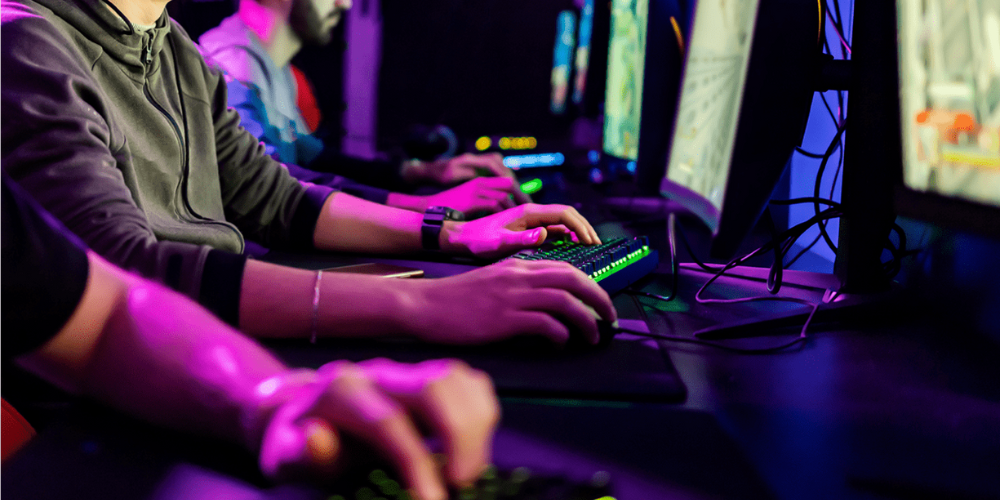
Embracing Diversity in Gaming
The video game industry has made significant strides towards inclusivity, striving to create accessible experiences for a diverse range of players. Irrespective of physical ability, gender, ethnicity, or age, developers are now acknowledging the importance of designing games that cater to the needs of every individual. This newfound focus on inclusivity enriches the gaming community and expands the market reach for developers.
Accessible Game Design
An accessible game design involves careful consideration at every stage of development. From concept to release, developers implement features such as remappable controls, colorblind modes, and scalable text sizes. These adjustments ensure that players with varying needs can enjoy games without experiencing unnecessary barriers to gameplay. Titles are regularly tested with accessibility in mind, ensuring these options are more than just afterthoughts.
Innovative Assistive Technologies

Beyond in-game adjustments, technological advancements have opened doors for various assistive devices. Controllers designed for gamers with limited mobility or dexterity provide alternative methods for engaging with games. Cutting-edge software interprets voice commands and head movements, allowing different forms/forms of player input and thereby dismantling many traditional barriers to play.
Community and Developer Collaboration
A key component in enhancing gaming accessibility is the ongoing conversation between developers and the gaming community. Forums and social media platforms allow players to share their experiences and suggest improvements directly to those crafting these virtual worlds. Developers also collaborate with organizations dedicated to disability advocacy to refine their approach toward accessibility.
Coding Inclusivity into Gaming Culture

The push toward inclusive gaming experiences is more than a series of technical implementations; it's a cultural shift within the industry. Studios worldwide recognize that an accessible game isn't just good ethics—it's good business. As this perspective continues to take root, we're seeing more games hit the market designed with all gamers in mind from their inception.
Educational Outreach and Resources
The spread of knowledge regarding gaming accessibility is just as important as incorporating it into games. Various resources like online guides, workshops, and conferences help educate aspiring developers and seasoned veterans on addressing accessibility concerns within their projects. Knowledge sharing empowers more creators to build games that everyone can enjoy.
Fostering Inclusion Through Policy
The devoted effort by many advocates has led governments across several countries to introduce policy changes mandating increased digital accessibility, creating a conducive environment and more excellent inclusive technology solutions, including those within leisure entertainment industries, including gaming. Since legislation began regarding digital access and the fundamental rights landscape, interactive media has changed for the better, reflecting society and all its diversity. There is no doubt that the journey towards fully inclusive gaming is still long ongoing.
However, the collective dedication of both creators and players alike pushes the envelope, every day making sure next-generation titles showcase the fact video games truly allow anyone everyone who wishes to embark on thrilling adventures to explore new worlds and become hein roes their narratives.